
Tell your friends about this item:
The Church of Jesus Christ of Latter-day Saints in the 19th Century
Charles River Editors
The Church of Jesus Christ of Latter-day Saints in the 19th Century
Charles River Editors
*Includes pictures
*Includes contemporary accounts
*Includes a bibliography for further reading
Among all the various figures in 19th century America who left controversial legacies, it is hard to find one as influential as Joseph Smith (1805-1844), the founder of The Church of Jesus Christ of Latter-Day Saints, Mormonism, and the Latter-Day Saint movement. Revered as a prophet on the level of Moses by some, reviled as a perpetrator of large-scale fraud by others, what everyone can agree on is that Joseph Smith founded a religious movement that played a crucial role in the settlement of the West, especially in Utah.
Smith's dream of Zion would lead the way for the trials and the tribulations of the Mormons for the rest of the 19th century, including countless conflicts with local authorities and the U. S. government. Smith himself would be a casualty of the clashing, murdered by a mob in 1844 after being imprisoned in Carthage, Illinois near the settlement of Nauvoo, which Smith had painstakingly tried to create as a commune for his people.
Smith's death was one of the catalysts for the Mormons' great migration to Utah, and today that state and the Mormons are virtually synonymous. To this day, Mormons still form a majority of the population, and members of the Church have prominent political and economic roles. Both of Utah's U. S. Senators, Mike Lee and Mitt Romney, are Mormons, as is Governor Gary Herbert. The story of the Mormon pioneers and the trail they trod is one of the great stories of the westward expansion of the United States. Frenchman Hyppolite Taine wrote of the migration in romantic terms in the 1860s: "Since the exodus of the Israelites there is no example of so great a religious emigration executed across such great spaces in spite of such obstacles, by so great a number of men, with so much order, obedience, courage, patience, and devotion.. But the mainsprings of this great will was faith. Without it men would not have done such things. These exiles thought that they were founding the city of God, the metropolis of mankind. They considered themselves the renovators of the world. Let us remember our youth, and with what force an idea...merely by the fact that it seems good and true to us hurls us forward despite natural egotism, daily weakness, habits that we have contracted, surrounding prejudices, and accumulated obstacles! We don't know of what we are capable."
Among the most effective methods by which the Latter-Day Saints attained regional dominance was the flooding of specific areas with a like-minded population of fellow settlers and offspring, subsequently controlling the voting and government institutions through a weighty majority. Such an approach caused alarm in each region to which Mormon settlers emigrated; the church collective had already been evicted from New York and other areas for exercising the tactic. The practice of polygamy within the church may have been socially repugnant to Judaic and Christian denominations, but the schism between Mormonism and other American faiths lay deeper in the Restoration of the Priesthood. This core tenet of the church was based on a non-negotiable belief that Christ's disciples died before they were able to pass on their master's authority in the process of Apostolic Succession. Therefore, what came after, whether Catholic or Protestant, was based on an absence of authority, leaving the Mormon faith to stand alone as the "one true church."
This theological separatism caused the Mormon community to live apart, except in the pursuit of converts. The church became increasingly perceived as "un-American," and over time hostile to and dismissive of those living outside the faith. In time, the Mormon belief that its members were the only heirs to the kingdom of God justified the commission of crimes, including murder. The non-Mormon population responded in kind.
| Media | Books Paperback Book (Book with soft cover and glued back) |
| Released | April 2, 2020 |
| ISBN13 | 9798633474855 |
| Publishers | Independently Published |
| Pages | 196 |
| Dimensions | 216 × 280 × 11 mm · 449 g |
| Language | English |
More by Charles River Editors
Others have also bought
See all of Charles River Editors ( e.g. Paperback Book and Book )

 Christmas presents can be returned until 31 January
Christmas presents can be returned until 31 January


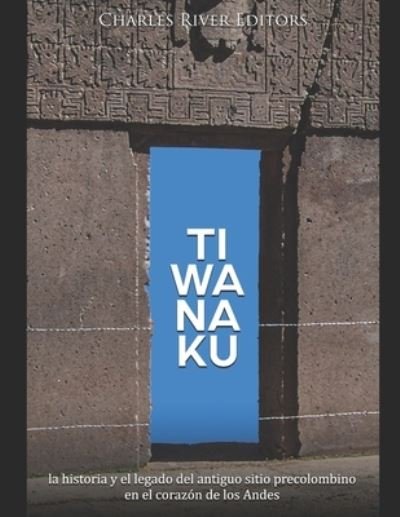

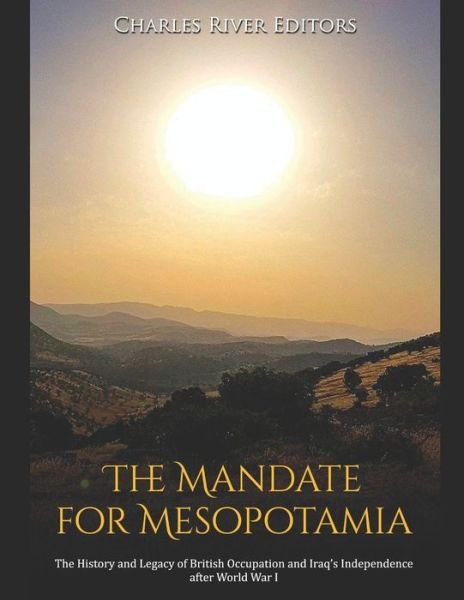
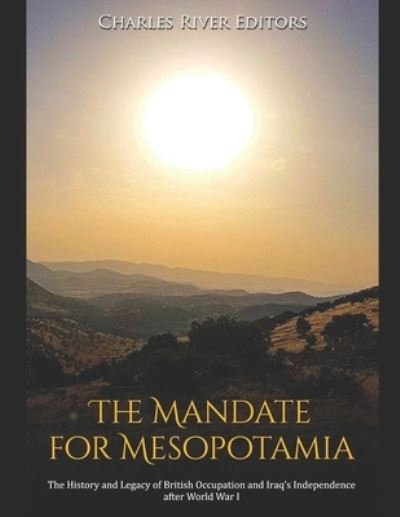


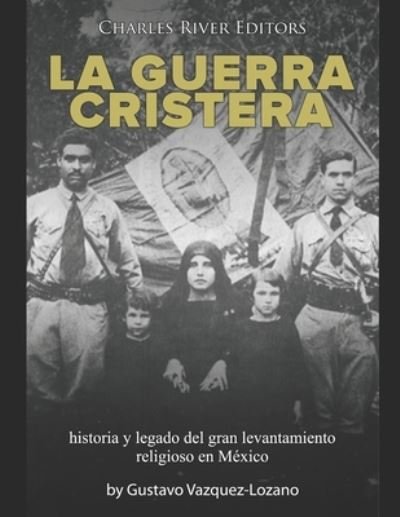
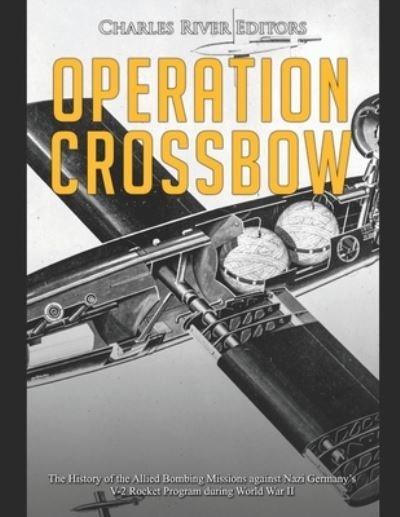
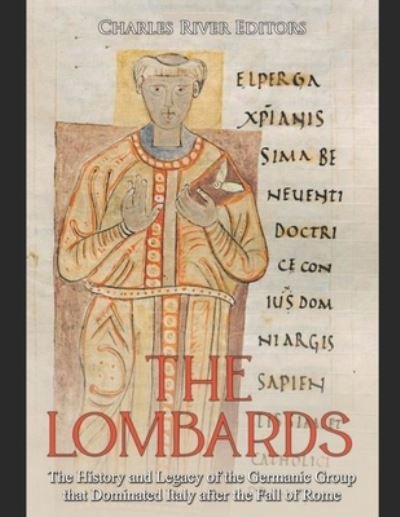
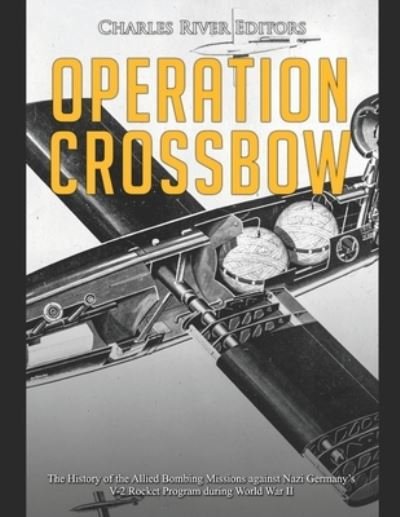
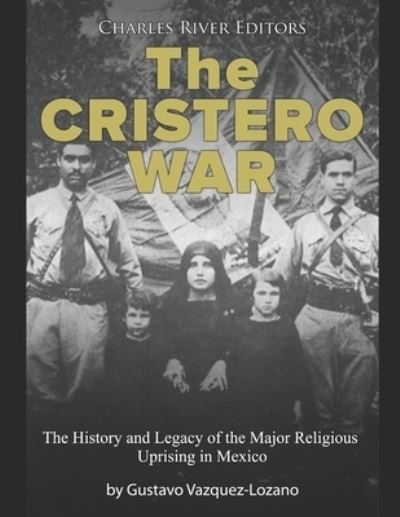
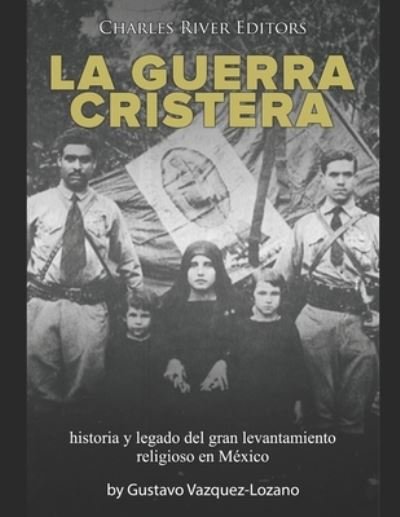
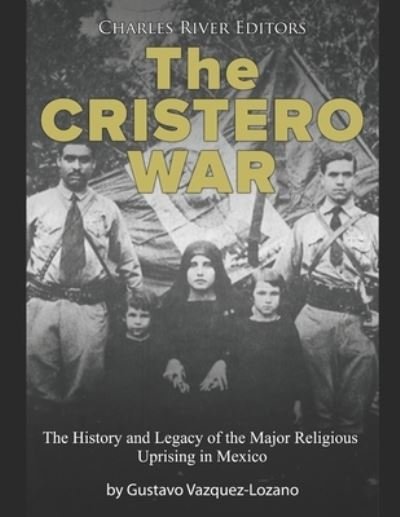
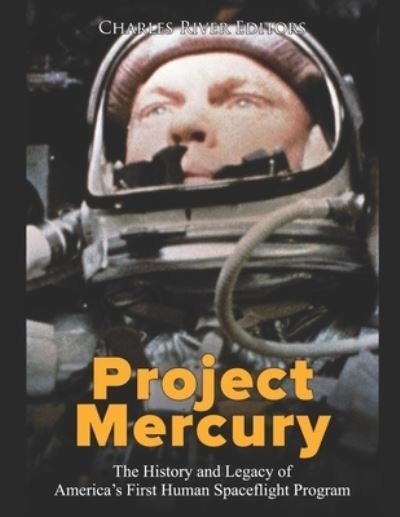


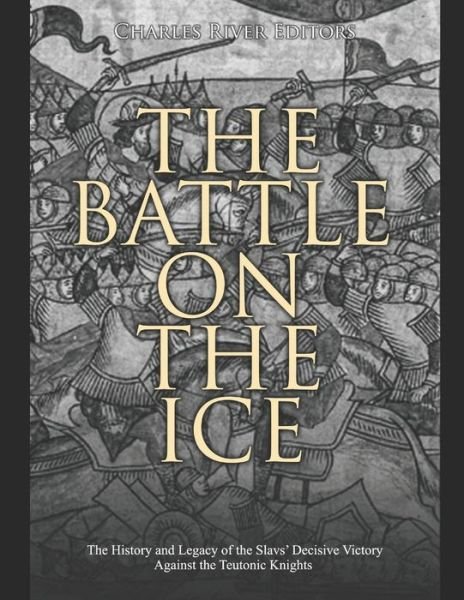
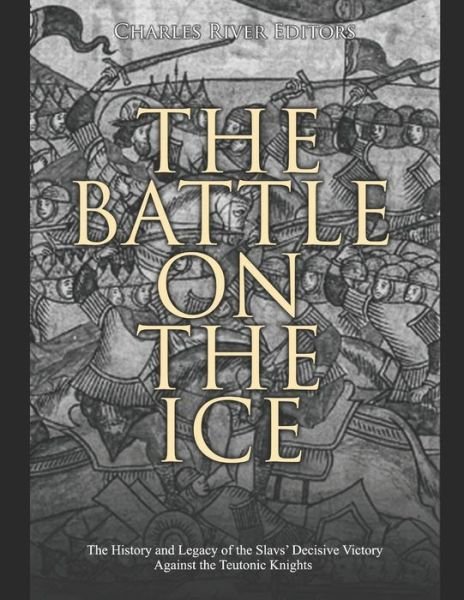
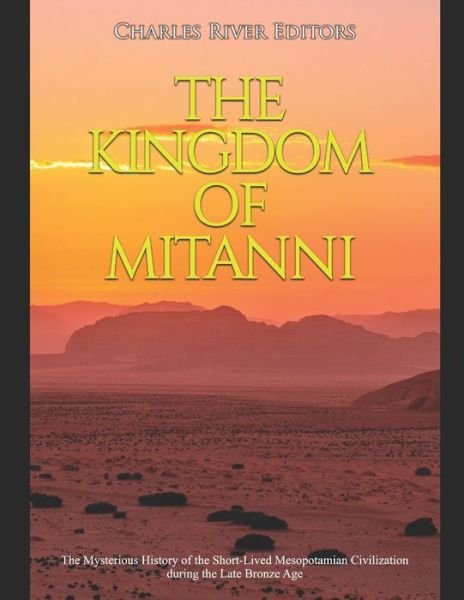
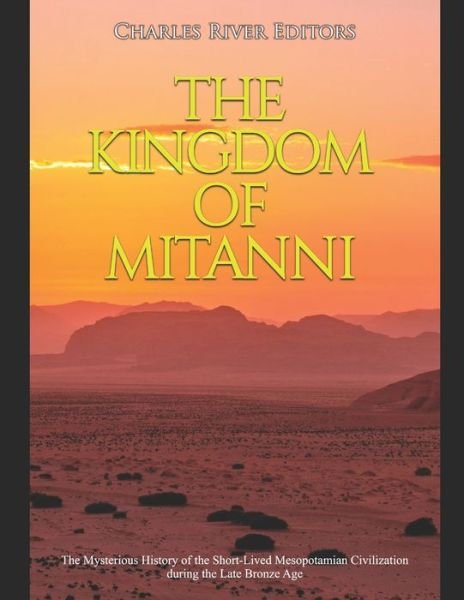
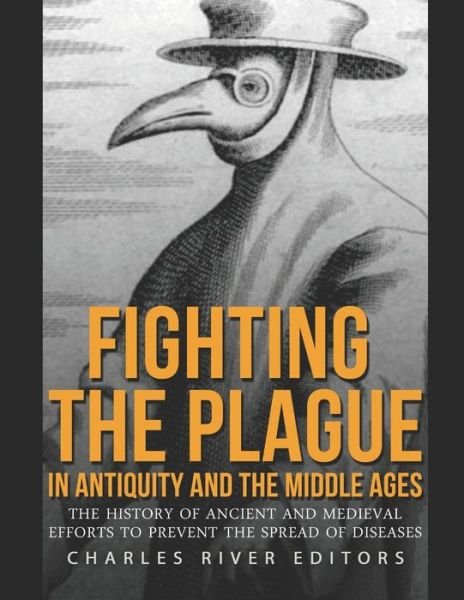
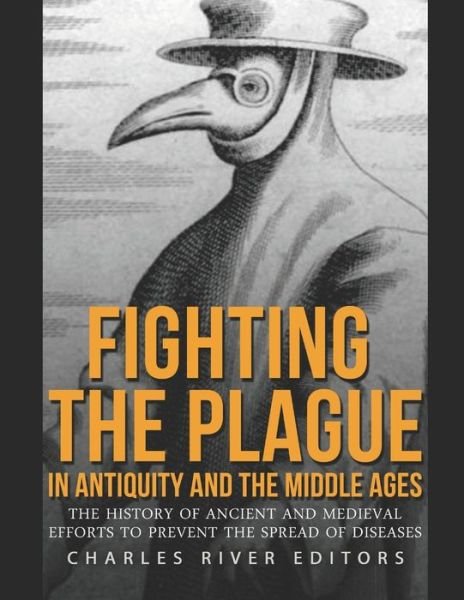

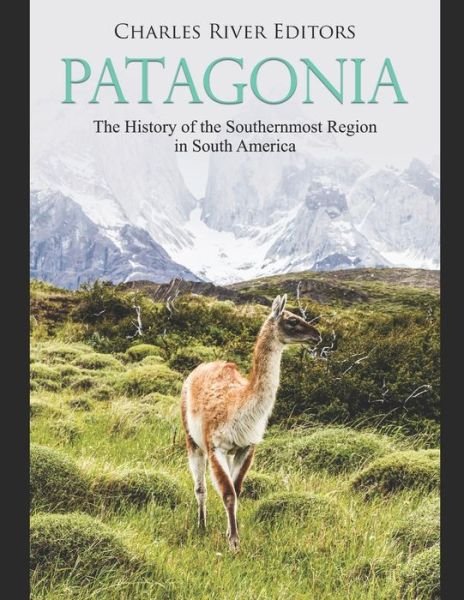
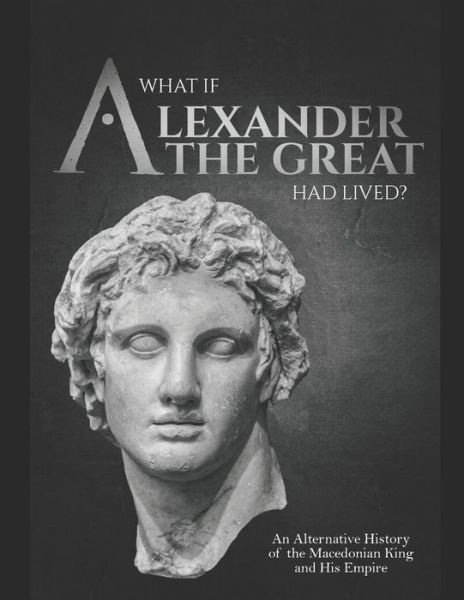

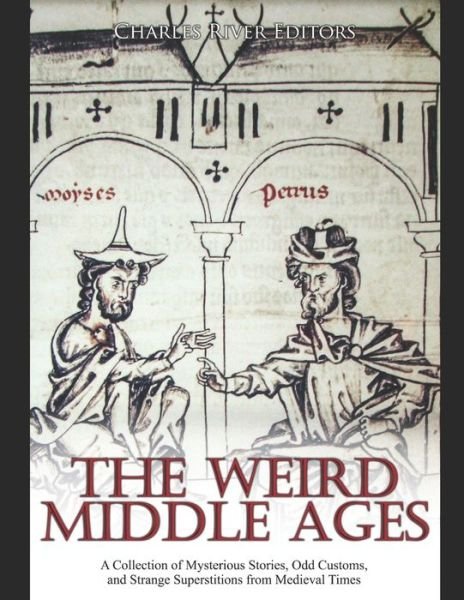
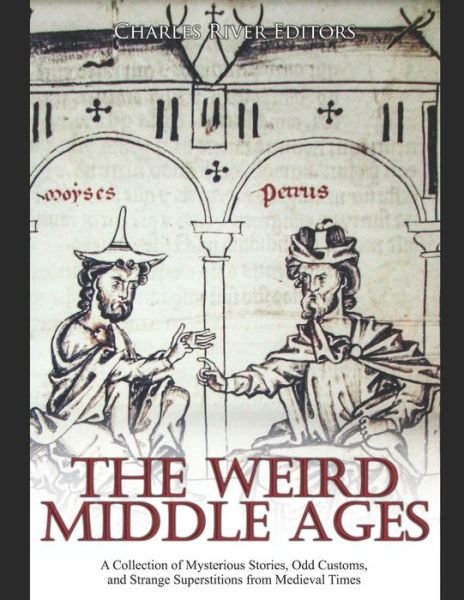
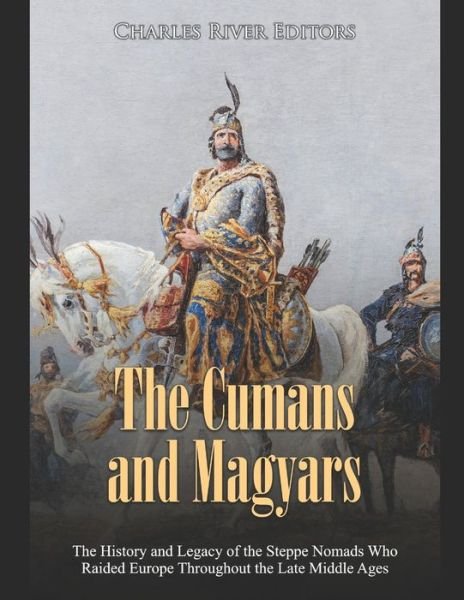
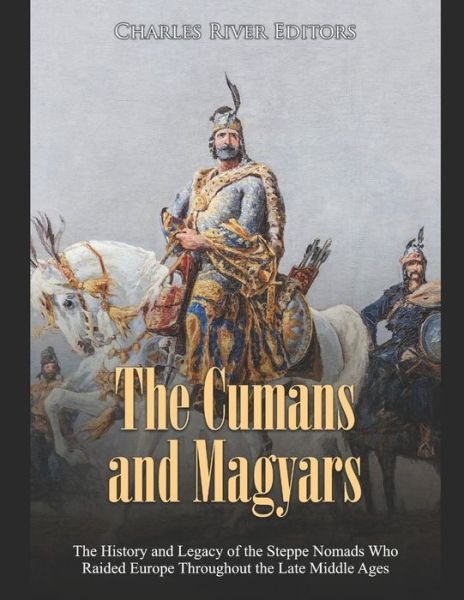
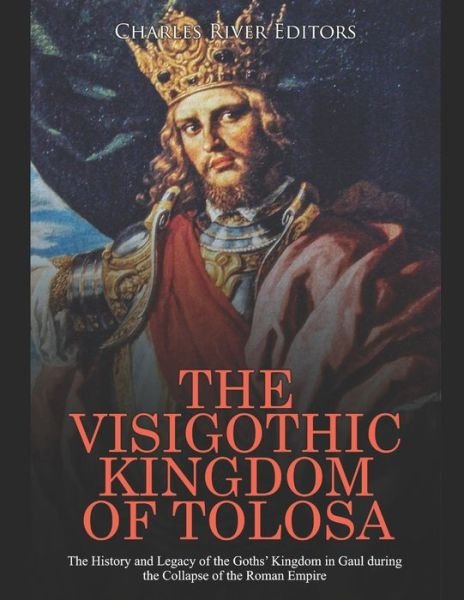
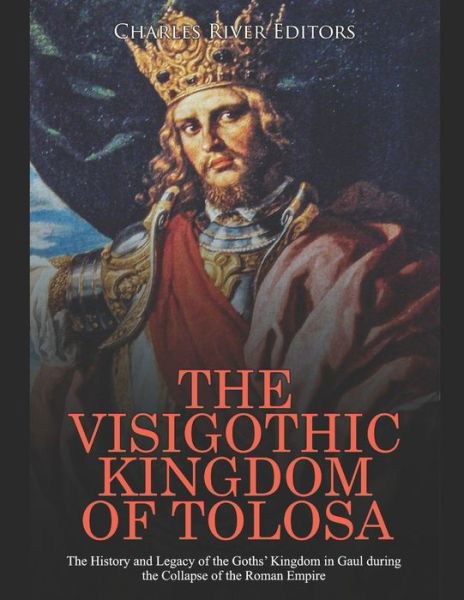

![Cover for Charles Dickens · Den hjemsøgte mand og åndens tilbud (Nyillustreret) (Bound Book) [1st edition] (2022)](https://imusic.b-cdn.net/images/item/original/123/9788772048123.jpg?charles-dickens-2022-den-hjemsoegte-mand-og-aandens-tilbud-nyillustreret-bound-book&class=scaled&v=1654049104)
![Cover for Linda Lehun · Musikbogen (Paperback Book) [1st edition] (2016)](https://imusic.b-cdn.net/images/item/original/063/9788759891063.jpg?linda-lehun-2016-musikbogen-paperback-book&class=scaled&v=1486719785)
![Cover for Dian Hanson · The New Erotic Photography - Bibliotheca Universalis (Hardcover Book) [Multilingual edition] (2017)](https://imusic.b-cdn.net/images/item/original/715/9783836526715.jpg?dian-hanson-2017-the-new-erotic-photography-bibliotheca-universalis-hardcover-book&class=scaled&v=1490369714)

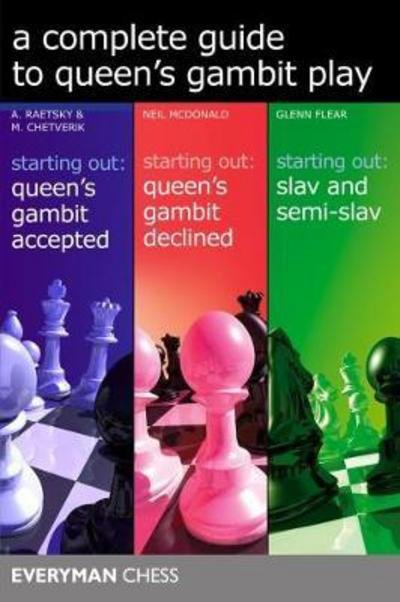
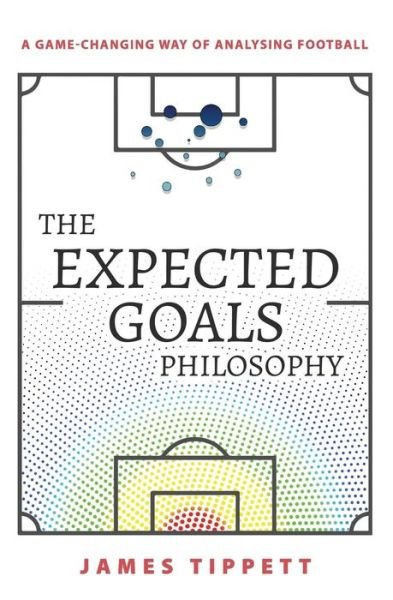
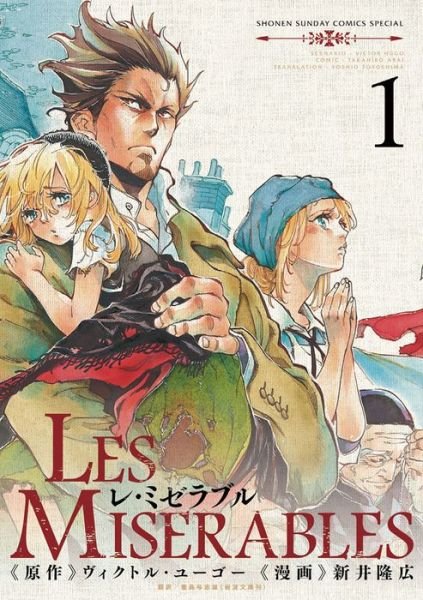
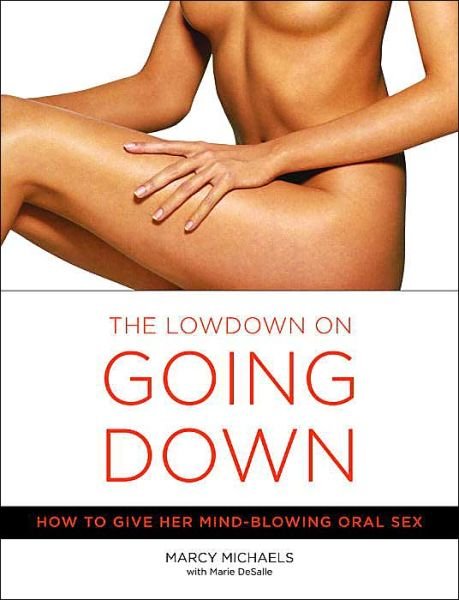
![Cover for Jesper Wung-Sung · To ryk og en aflevering (Sewn Spine Book) [3rd edition] (2009)](https://imusic.b-cdn.net/images/item/original/996/9788763811996.jpg?jesper-wung-sung-2009-to-ryk-og-en-aflevering-sewn-spine-book&class=scaled&v=1341784896)

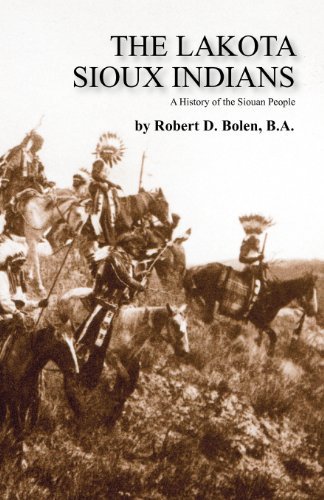
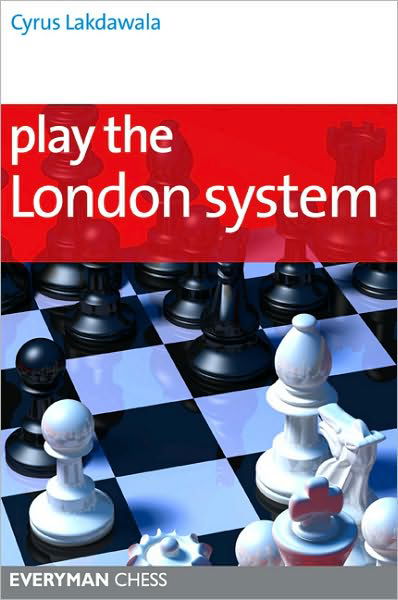
![Cover for Claus Drengsted-Nielsen · Lille dansk grammatik (Sewn Spine Book) [1st edition] (2016)](https://imusic.b-cdn.net/images/item/original/692/9788702194692.jpg?claus-drengsted-nielsen-2016-lille-dansk-grammatik-sewn-spine-book&class=scaled&v=1499896829)
![Cover for Jon Speelman · Modern Defence (Paperback Book) [1st edition] (2000)](https://imusic.b-cdn.net/images/item/original/816/9781857442816.jpg?jon-speelman-2000-modern-defence-paperback-book&class=scaled&v=1409611116)
